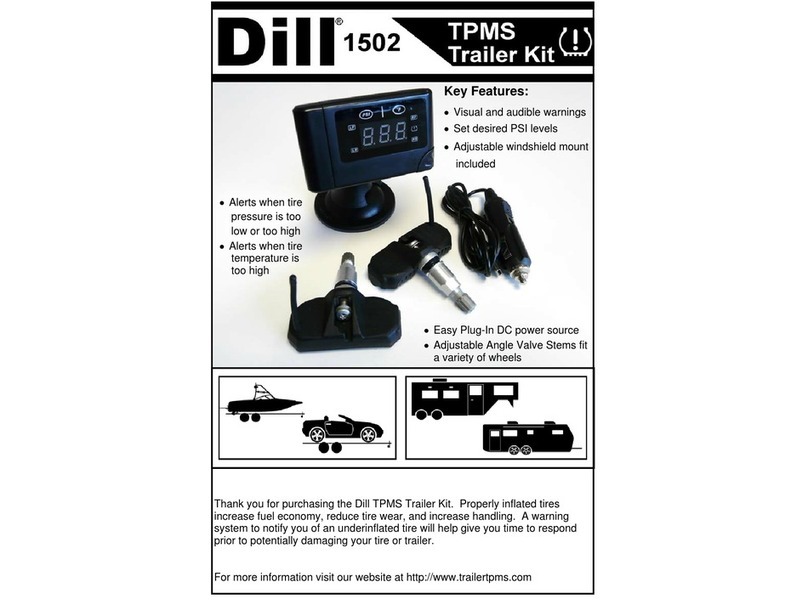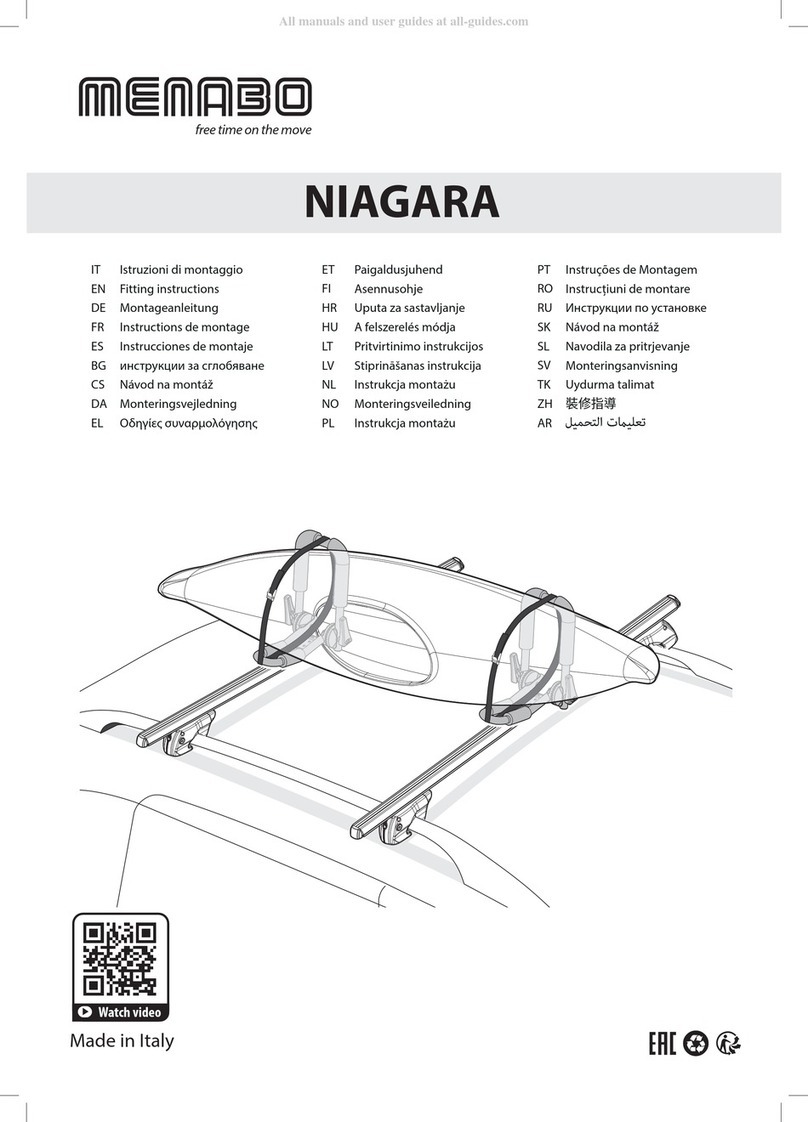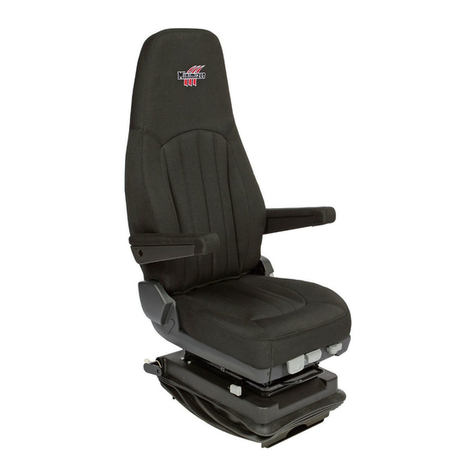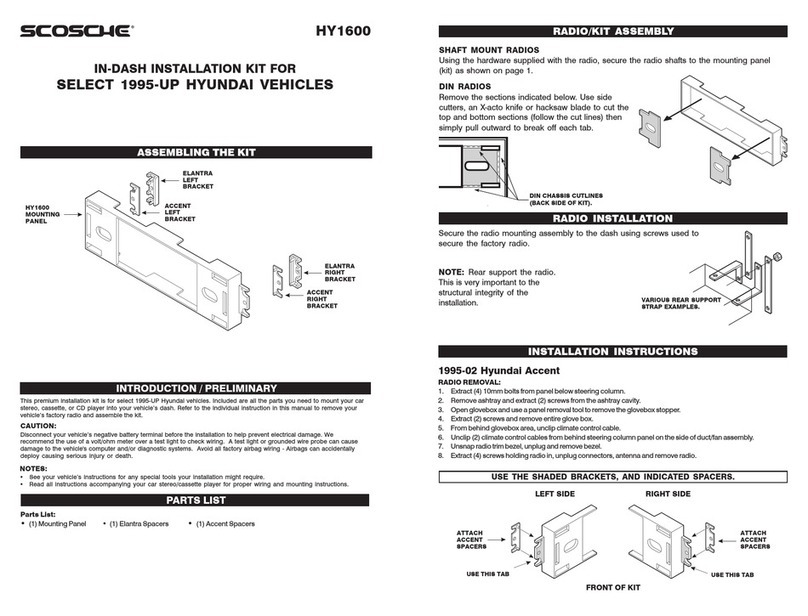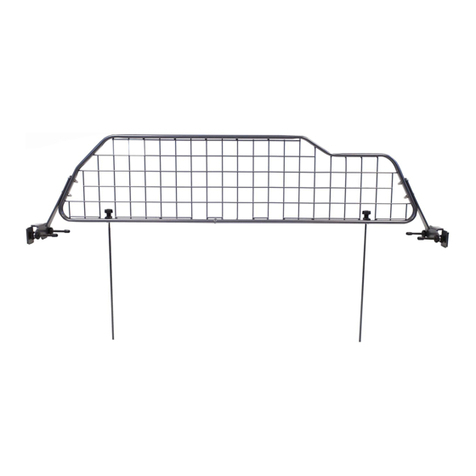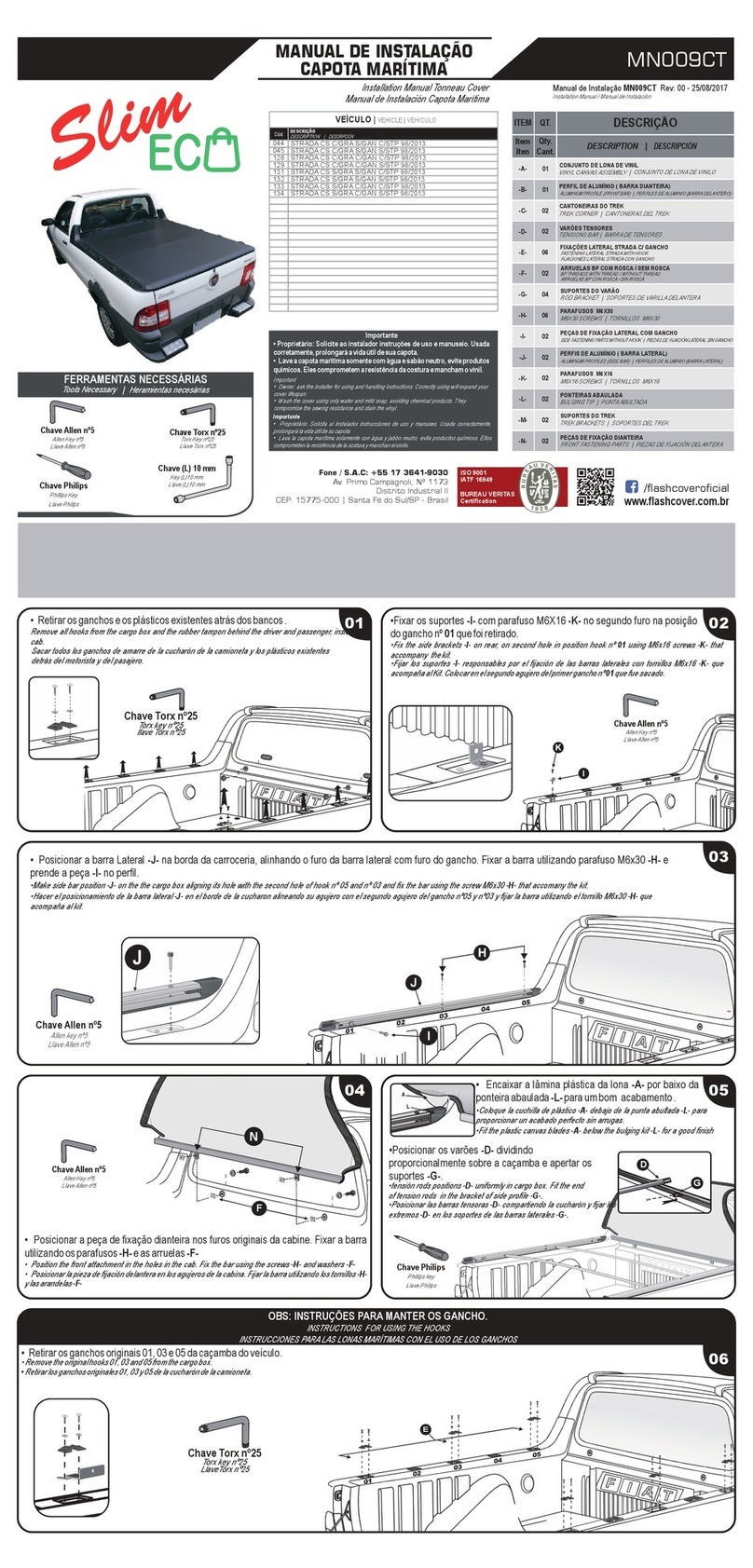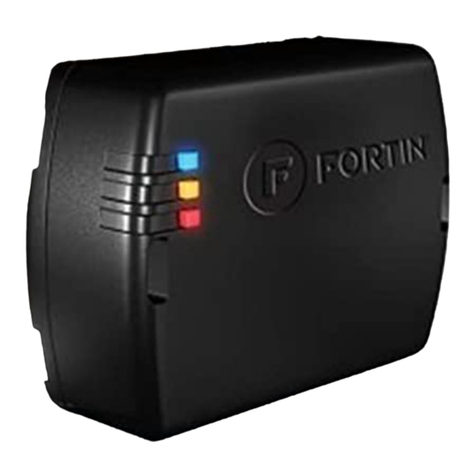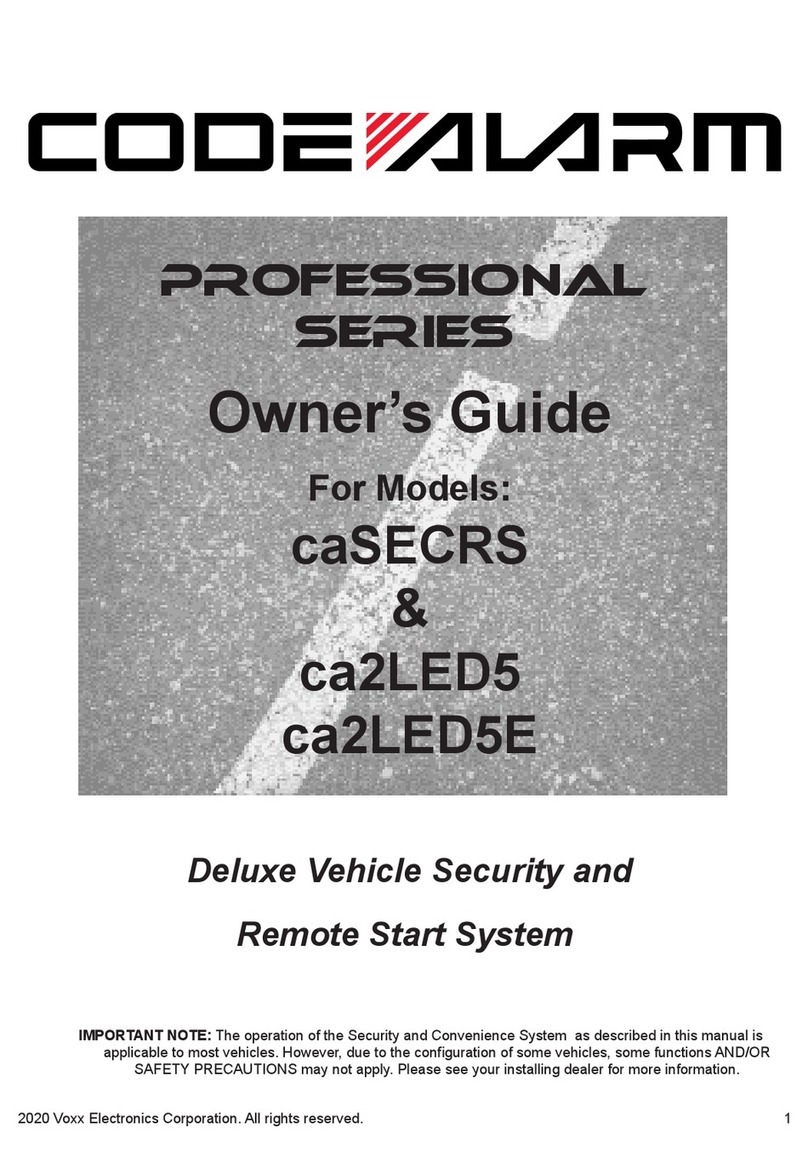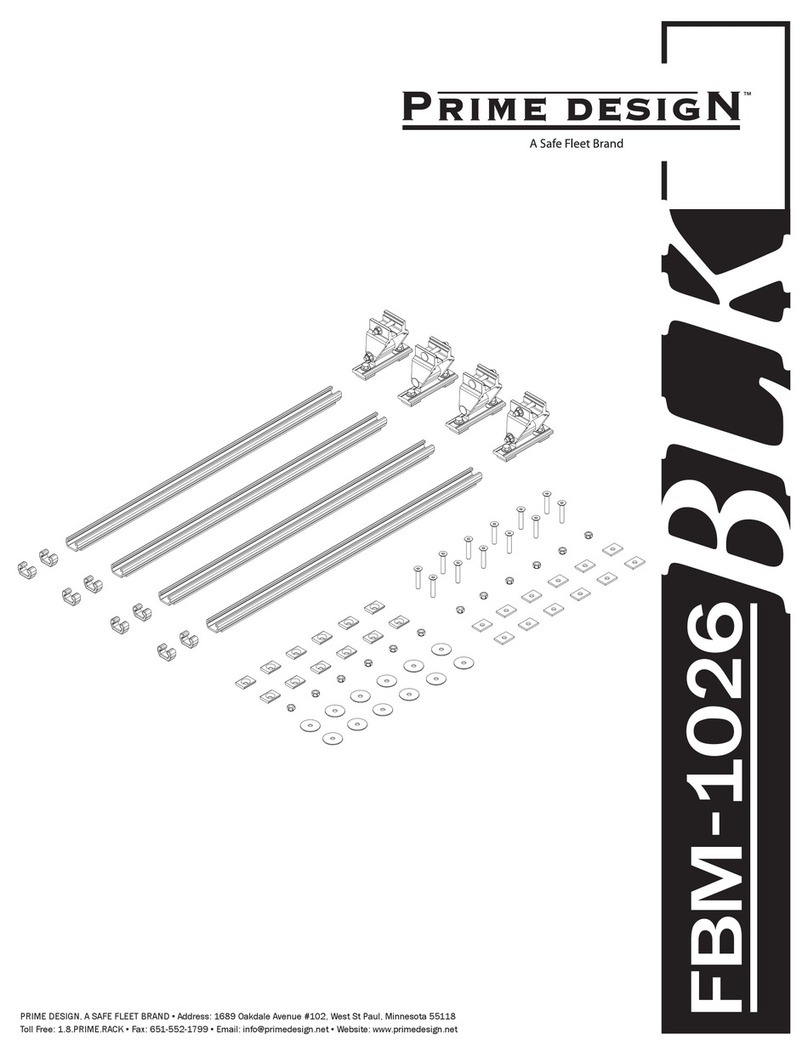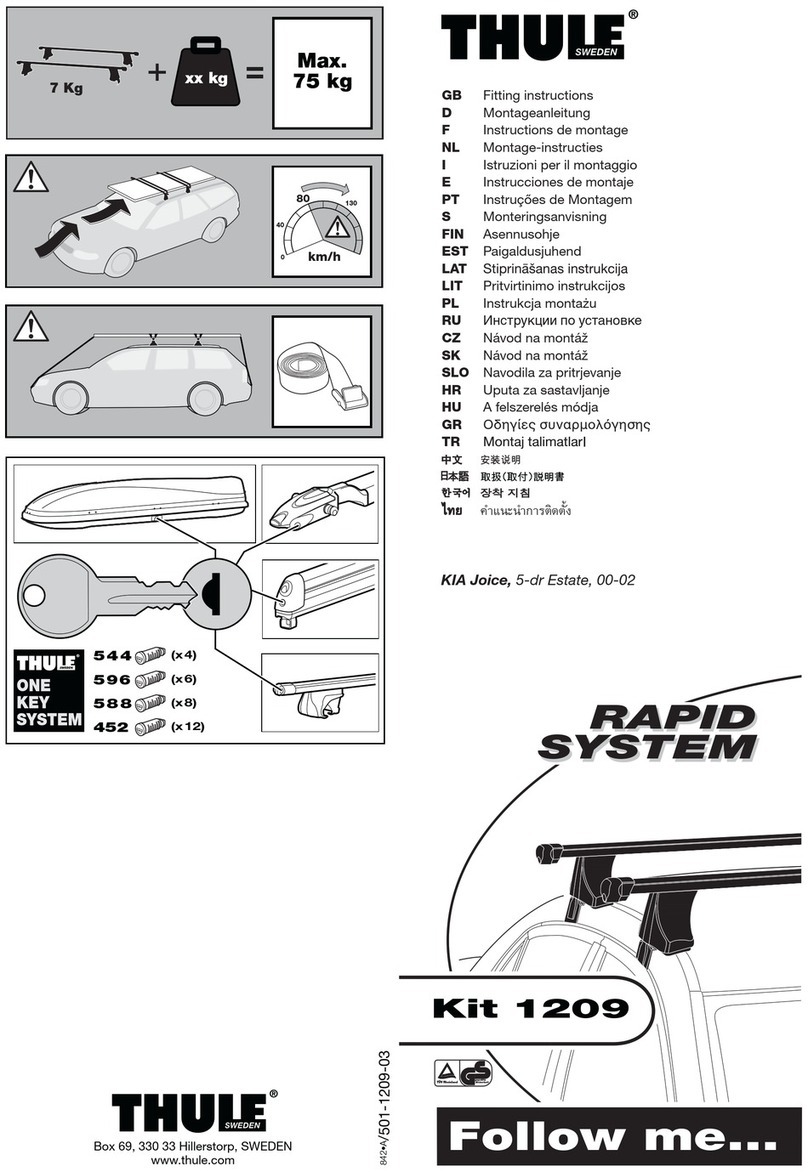Dill 1504-572 User manual

Thank you for purchasing the Dill TPMS Trailer Kit. Properly inflated tires in-
crease fuel economy, reduce tire wear, and increase handling. A warning sys-
tem to notify you of an underinflated tire will help give you time to respond prior
to potentially damaging your tire or trailer.

2
Table of Content Page
1. System Overview: 3
1.1 System Components 3
1.2 How the System Works 3
1.3 Display indicators and Controls 4
1.4 Transmitter Components 4
1.5 Position of Transmitter and ID Module 5
3. Transmitter Installation: 5-7
3. Using TPMS Unit: 7
3.1 Getting Started 7-8
3.2 Transmitter Activation 8
3.3 Cold Inflation Pressure Setting 8
3.4 Restore Default Setting 8
3.5 Normal Monitoring 9
3.6 Warnings 9-10
3.7 Tire Rotation 10-11
3.8 Replace Transmitter and ID Module 11
3.9 Restart System 11
4. Specifications: 12
4.1 Transmitter 12
4.2 Display Unit 12
4.3 Component Part Numbers 12

3
1. System Overview
As a vehicle safety device, the TPMS trailer kit monitors tire pressure and tem-
perature. It will provide warnings about abnormal conditions such as low
pressure, high pressure, and high temperature.
1.1 System Components
1.2 How the System Works
A transmitter is installed in each wheel with a brass valve stem and moni-
tors the pressure and temperature conditions inside each wheel of the vehi-
cle. This data is wirelessly sent to the receiver that is installed on the vehi-
cle. The receiver displays the pressure and temperature for each tire posi-
tion. When an abnormal condition is detected, the display will alert the driver.
DISPLAY
DISPLAY
MOUNT
12V DC POW-
ER CORD &
HARDWIRE
CONNECTION
DISPLAY
UNIT
ANTENNA OPTIONAL
DASHBOARD
DISC
TRANSMITTER

4
1.3 Display Indicators and Controls
PRESSURE
UNIT
RIGHT FRONT TIRE
RIGHT REAR TIRE
TEMPERATURE
UNIT
ABNORMAL ICON
CYCLE BUTTON
LEFT REAR TIRE
LEFT FRONT TIRE
CHIP IDENTIFIER
LOCATION FOR
TRANSMITTERS
ANTENNA
SET KEY
RESTORE KEY
1.4 Transmitter Components
NOTE:
Only plastic (non-chrome) caps
and nickel plated valve cores can
be used as replacement.
HEX NUT RUBBER GROMMET
METAL WASHER
VALVE STEM
VALVE
CAP
ELECTRONIC
TRANSMITTER
VALVE STEM
PIN
RATCHET
BODY

5
1.5 Position of Transmitter and ID module
Note the default installation position of the transmitter and ID modules as illus-
trated. A letter identifier marked on the transmitter, id module, and hex nut is
shown on each component.
The letters “LF/RF/LR/RR” on the back of the display unit correspond to the
tires‟ respective positions. Each pair of transmitter and ID module need to be
installed in the same position.
To access the ID modules, pull the removable cover away from the display unit.
For example, if you install transmitter “A” in the left front tire, then you should
plug the ID module “A” in “LF” position on the receiver.
Note the matching of the transmitter and hex nut when mounting the ID
module. When a tire rotation or transmitter replacement occur, rotate or
replace the corresponding ID module simultaneously. Refer to 3.7
2.0 Transmitter Installation
Before installation into the rim hole, you must assemble the transmitter and
valve stem together.
2.1 Unscrew the hex nut and remove the metal washer from the valve stem.
Transmitter I.D.
ID MODULE COVER
If you purchased a 2 tire system for your trailer, verify that the installation of
your transmitter and ID modules are in their proper locations.
Hex Nut I.D.I.D. Module
1101143
080908-1101134 C

6
2.2 Install the valve stem assembly
via ratchet body into the transmit-
ter. Slide the body into the trans-
mitter. Verify the teeth from the
ratchet body is opposite from the
transmitter teeth.
2.3 Insert the valve stem through the
rim hole and verify that the rubber
grommet is seated against the rim
hole surface.
2.4 Adjust the angle of the transmitter
body and verify the transmitter is
resting flat against the wheel rim
surface.
2.5 Verify 3 conditions when installing
the transmitter assembly onto the
wheel rim:
2.5.1 At least one of the transmit-
ter‟s feet always contacts the rim
surface.
2.5.2 The grommet is fully seated
against the valve hole.
2.5.3 From the outside of the wheel, the valve stem is perpendicular to the
rim‟s valve hole.
2.6 Place the metal washer and hex nut on the valve stem and turn the hex nut
clockwise until the rubber grommet is pressed against the wheel rim sur-
face.
2.7 Tighten the hex nut 35 to 40 inch pounds of torque to secure the valve stem
to the rim. Verify at least one of the transmitter‟s feet has direct contact on
the wheel rim surface. If not, uninstall the transmitter and redo it from 2.5.
2.8 Lock the wheel rim on
the tire changer. Apply
lubricant on both tire
beads and rim. Mount
the lower tire bead on
the rim. Ensure that
the tire bead does not
touch the electronic
module during mount-
ing.
2.9 Mount the upper tire
bead the same way
and inflate the tire to
standard cold inflation
Ratchet
Body
Transmitter
Wheel Mount
Head
Transmitter
Wheel Mount
Head
Transmitter
To remove the valve stem assembly,
carefully slide the valve stem ratchet
body completely off the transmitter
Ratchet
Body
Transmitter
Teeth

7
3. Using TPMS Unit
3.1 Getting Started
3.1.1 Install the supplied antenna to your display
unit located at the back of the unit.
3.1.2 Use the display mount to affix the display unit
on the windshield or dashboard. Do not
block the driver‟s view. Adjust the viewing
angle of the display, if necessary.
3.1.2 Plug the power cord into the display unit and
plug the
adapter into
auxiliary pow-
er supply.
2.10 Apply suds on the valve tip, grommet / rim seal. If no leakage is found, in-
stall the valve cap. Otherwise, re-inspect and resolve leak issue.
2.11 Dynamically balance the wheel before it is put back on the vehicle.
2.12 Use the same procedures to install the other three sensors. Install A, B, C,
and D transmitter on the Left Front wheel (LF), Right Front wheel (RF),
Left Rear wheel (LR) and Right Rear wheel (RR) respectively.
2.13 Visually inspect the wheel rim, valve stem, and electronic module to en-
sure no damage has occurred. Pressurized the tires to your desired cold

8
PSI LEVEL 20% LOWER 30% HIGHER
35 28 46
50 40 52
80 64 104
Cold inflation pressure can be set to your desired pressure and a warning will
alarm at 20% below and 30% above this pressure. For example, the driver will
be alerted at the following low and high pressures base on various set pressure:
An immediate audible “Beep” sound will indicate the display unit is on. In 2 to 3
minutes, the display unit will show the tire pressures in yellow, along with four
blue tire position lights.
3.2 Transmitter Activation
Note: reference section 2 for transmitter installation.
The transmitters are shipped in “sleep” mode for battery conservation and will
be activated when the transmitter detects pressure in the tires or when the vehi-
cle speed exceeds 20mph.
The default cold inflation pressure setting of the display unit is 35PSI. The dis-
play unit is programmed to provide a low pressure warning when the pressure is
20% lower (28PSI) and 30% higher (46PSI).
3.3 Cold Inflation Pressure Setting
Cold inflation pressure setting is pre-set at the to 35PSI, when installation and
replacement of each transmitter and ID modules.
To change cold inflation pressure setting, perform the following:
3.3.1 Inflate the tire pressures to the recommended cold inflation pressure.
3.3.2 Press the “SET” key on the back of display and hold for 8 seconds to
enter new cold inflation pressure setting. A „beep‟ will sound and all
indicator lights will turn off and the screen display will show “ddd”. Al-
low 3 to 5 minutes for the receiver to accept new cold inflation pres-
sure setting.
3.3.3 To check a tire‟s cold inflation pressure setting, press and release the
“Cycle Button” twice. Repeating this step will cycle through each
tire‟s pressure setting.
3.4 Restore Default Setting
To switch to default setting, press and hold the “RESTORE” key for 3 seconds.
The display unit will switch back to default operations within 30 seconds.

9
3.5 Normal Monitoring
3.5.1 Stationary State:
The transmitter will detect tire pressures and temperatures at 8-
second intervals and transmit the data to the display at 2-minute inter-
vals as long as they are normal. As the data is received, the display
will refresh.
3.5.2 Moving State:
The inertial switch of transmitter is on when the speed exceeds
16mph.
The transmitter will detect tire pressures and temperatures at 4-
second intervals and transmit the data to the display at 30-second
intervals as long as they are normal. As the data is received, the dis-
play will refresh.
3.5.3 Normal Data Display:
The display will automatically circulate among the tire positions in the
following order LF/RF/RR/LR.
Press and release the “Cycle Button” to view the tire temperatures.
3.6 Warnings
3.6.1 Low Pressure Warning
If the current pressure in a tire is 28PSI or lower in default mode or
20% lower than the cold inflation pressure setting, then the following
will occur:
1. The display will show the pressure of the abnormal tire and the
digits will flash.
2. An audible alert warning sound will be heard.
3. The abnormal icon will become red.
4. The indicator for the abnormal tire will become red.
The system will not return to normal monitoring until the prob-
lem(s) is corrected.
3.6.2 High Pressure Warning
When current pressure in a tire is 46PSI or higher in default mode or
30% higher than the cold inflation pressure setting, then the following
will occur:
1. The display will show the pressure of the abnormal tire and the
digits will flash.
2. An audible alert warning sound will be heard.
3. The abnormal icon will become red.
4. The indicator for the abnormal tire will become red.
The system will not return to normal monitoring until the prob-
lem(s) is corrected.

10
3.6.3 High Temperature Warning
When the current temperature in a tire exceeds 176°F, the following
will occur:
1. The display will show the temperature of the abnormal tire and the
digits will flash.
2. An audible alert warning sound will be heard.
3. The abnormal icon will become red.
4. The indicator for the abnormal tire will become red.
The system will not return to normal monitoring until the prob-
lem(s) is corrected.
3.6.4 System Malfunction
If the display is not receiving the signals from a transmitter(s), in the
tires, the display screen will appear as dashed lines “---” .
If you are not receiving a signal from the transmitter(s), verify the fol-
lowing conditions .
1. Verify that the unit is plugged into the DC power supply. Power
off the display unit and restart the system. The system will return
to normal monitoring after properly receiving signals from the
transmitter(s).
2. Verify that the ID module chip(s) are installed properly in the cor-
rect locations of the display unit.
3. Check your antenna connection.
4. Drive your vehicle over 20mph for 3 to 5 minutes. This will
“wake” the transmitter and begin to transmit a signal to your dis-
play unit.
If the display unit is working properly and it still does not receive a signal from
the transmitter(s), then the transmitter(s) and id module(s) must be replaced
simultaneously.
A replacement transmitter and id module can be purchased from a Dill distribu-
tor or retailer, list available at www.trailertpms.com.
Note: When requesting a replacement of the damaged transmitter, order the
same letter identifier (reference 1.5).
3.7 Tire Rotation
3.7.1 Reference your tire manufacturer for proper tire rotation on your
trailer.
3.7.2 Note the current installation positions of the transmitter and ID mod-
ules.
For example, if you need to rotate the Left Front Wheel (LF) transmit-
ter A and Right Rear Wheel (RR) transmitter C, then

11
3.9 Restart the system
The system has to be restarted to re-identify the ID module in the following
situations:
3.9.1 Tire rotation.
3.9.2 Replacement of a transmitter and ID module.
3.9.3 To restart the system, disconnect the power cord for 1 minute and
plug in again.
LR
LF
Interchange ID chip module A and ID chip module C.
Reactivate the system (reference section 3.2) to accept new transmit-
ter positions and to indicate the proper location of the transmitter on
the display unit.
3.8 Replacement of Transmitter and ID Module
Verify a “System Malfunction (reference section 3.6.4)” before replacing the
transmitter or ID module.
3.8.1 Replace the inoperable transmitter and ID module with a new one.
3.8.2 Transmitter Activation (reference section 3.2).
3.8.3 Reset the cold inflation pressure setting (reference section 3.3).

12
4. Specifications
4.1 Transmitter
Weight: 1.25 oz. (35g)
Dimensions: 0.59” x 2.50” x 1.11” (1.5 x 2.8 x 6.4 cm)
Operating Temperature Range: -40°F to 257°F (-40°C to 125°C)
Pressure Accuracy: ±2PSI (±.14Bar)
Temperature Accuracy: ±5.4°F (±3°C)
Battery life: 5 to 7 years
Maximum Sensing Pressure: 188PSI (12.96Bar / 1296Kpa)
Maximum Cold Inflation Pressure: 108PSI (7.5Bar / 750Kpa)
Frequency: 433.92MHz
4.2 Display
Power Consumption: 130mW (regular) / 230mW(Max)
Power Supply: DC12 Volt
Weight: 1.06oz. (30g)
Dimensions: 3.35” x 1.97” x 0.79” (8.5 x 5 x 2 cm)
Pressure resolution: 0.1PSI (.01Bar / 1Kpa)
Temperature resolution: 2°F (1°C)
4.3 Component Part Numbers
PART NUMBER DESCRIPTION
1504-2TPMS DISPLAY UNIT
1504-3DISPLAY MOUNT
1504-4TPMS DC POWER CORD
1504-6INSTRUCTIONAL MANUAL
1504-7TPMS HARDWIRE POWER CORD
9300-ATPMS TRANSMITTER ASSEMBLY “A”
9300-BTPMS TRANSMITTER ASSEMBLY “B”
9300-CTPMS TRANSMITTER ASSEMBLY “C”
9300-DTPMS TRANSMITTER ASSEMBLY “D”
Table of contents
Other Dill Automobile Accessories manuals
Popular Automobile Accessories manuals by other brands

EOinnovations
EOinnovations EOC3103 instruction manual
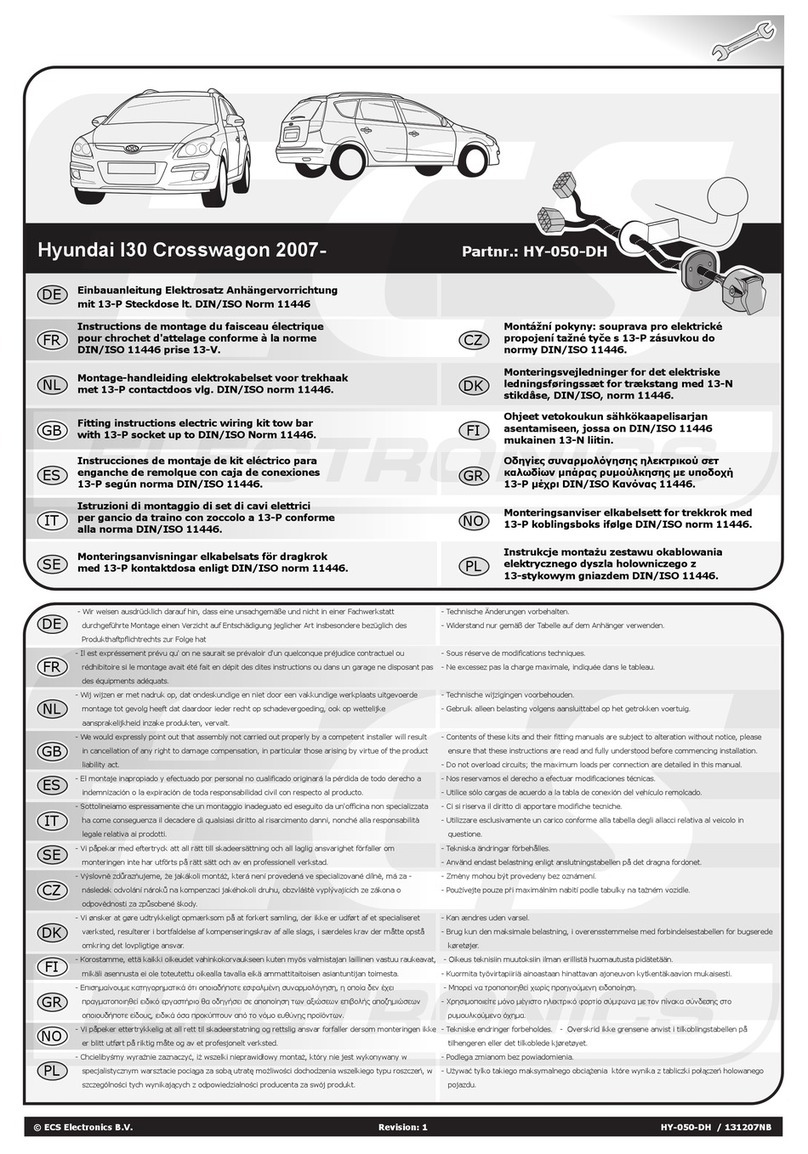
ECS Electronics
ECS Electronics HY-050-DH Fitting instructions electric wiring

Dhollandia
Dhollandia DH-RB 05.02 Series user manual

Mitsubishi
Mitsubishi FUEL manual
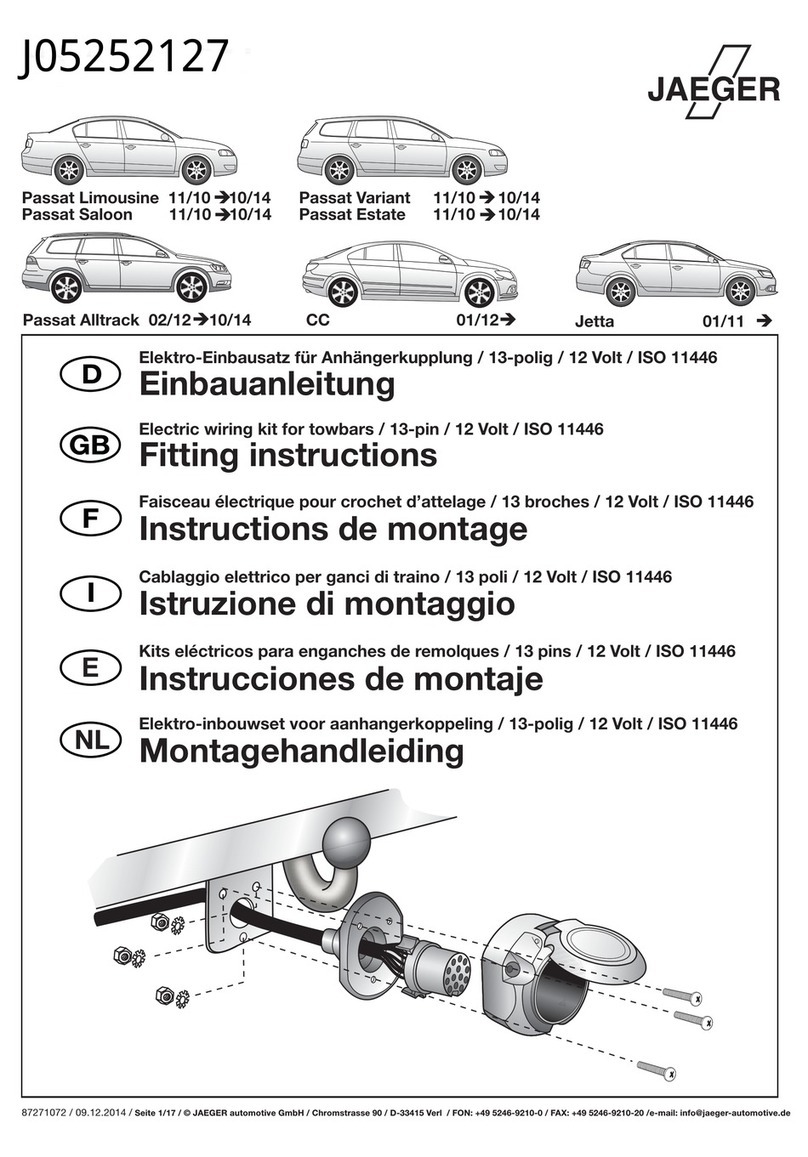
Jaeger
Jaeger J05252127 Fitting instructions
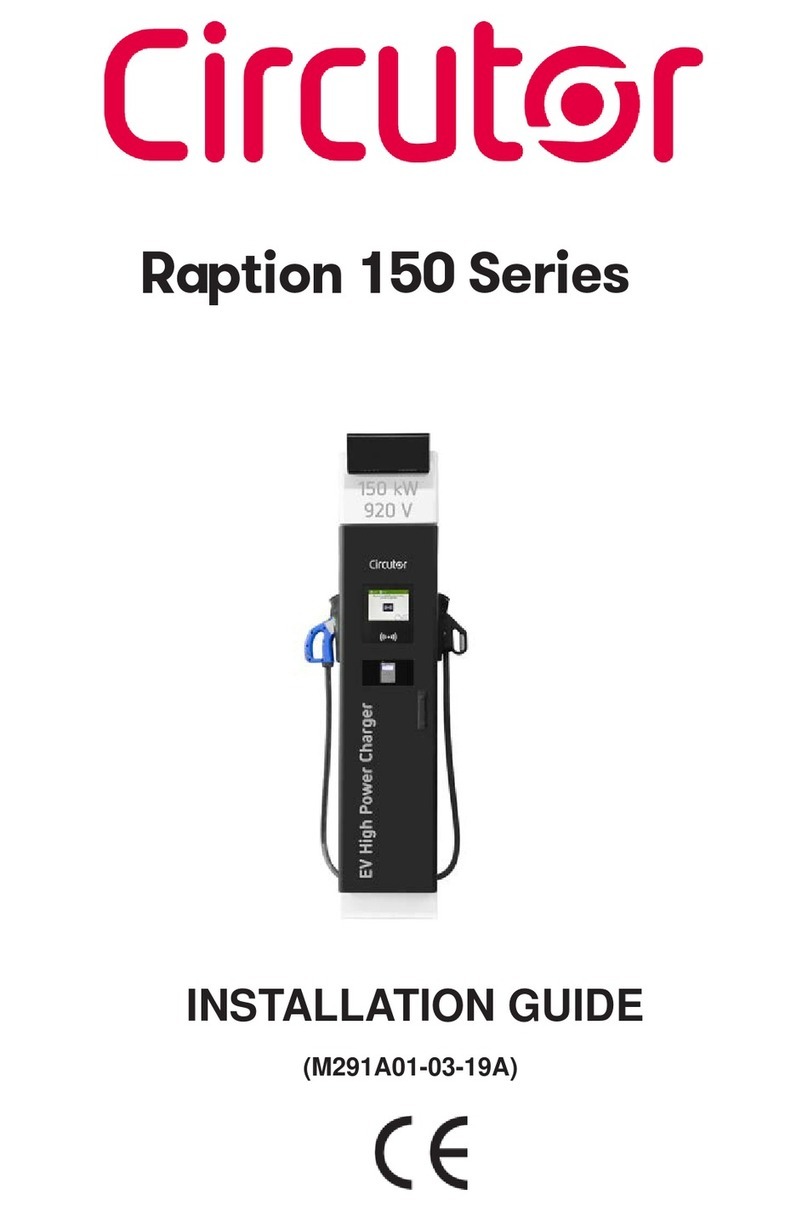
Circutor
Circutor Raption 150 Series installation guide
